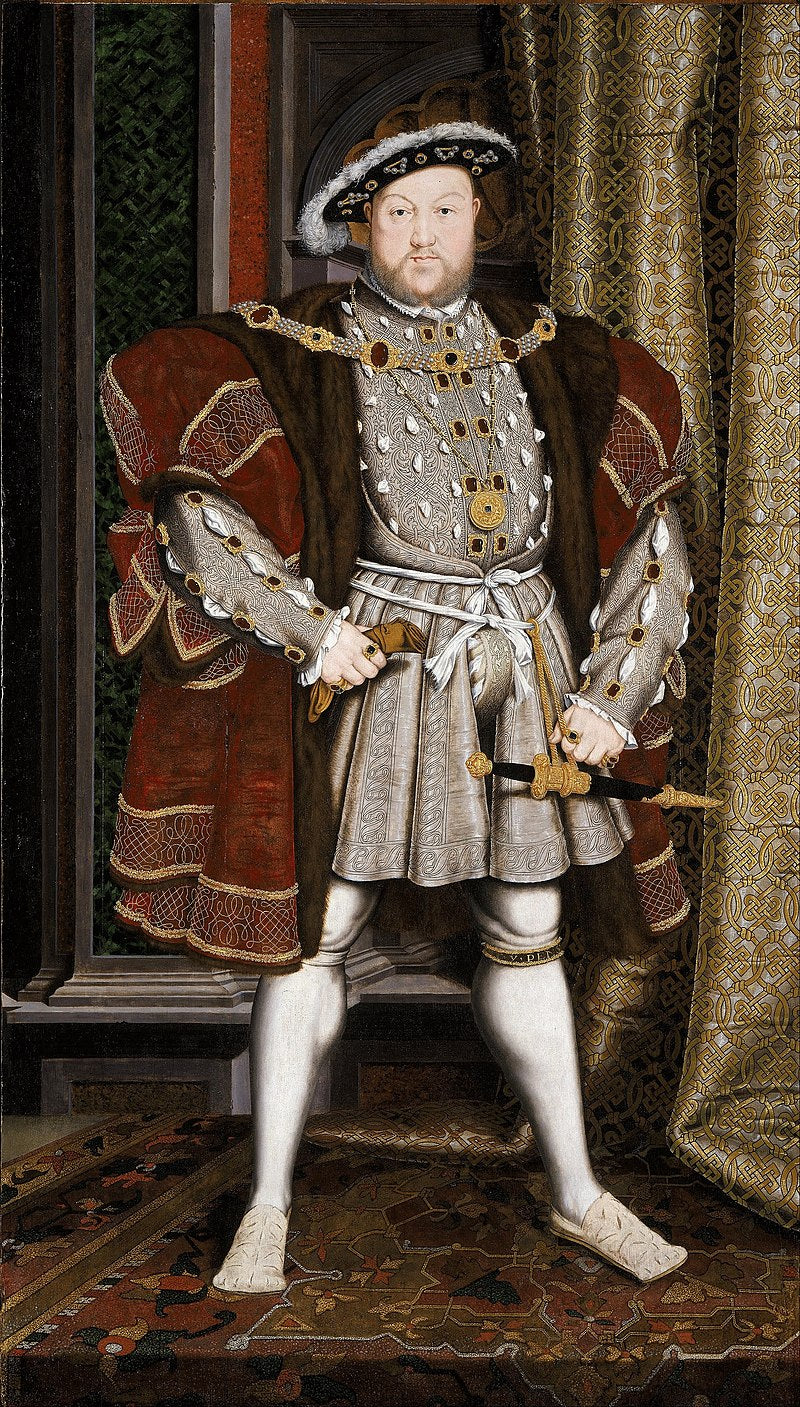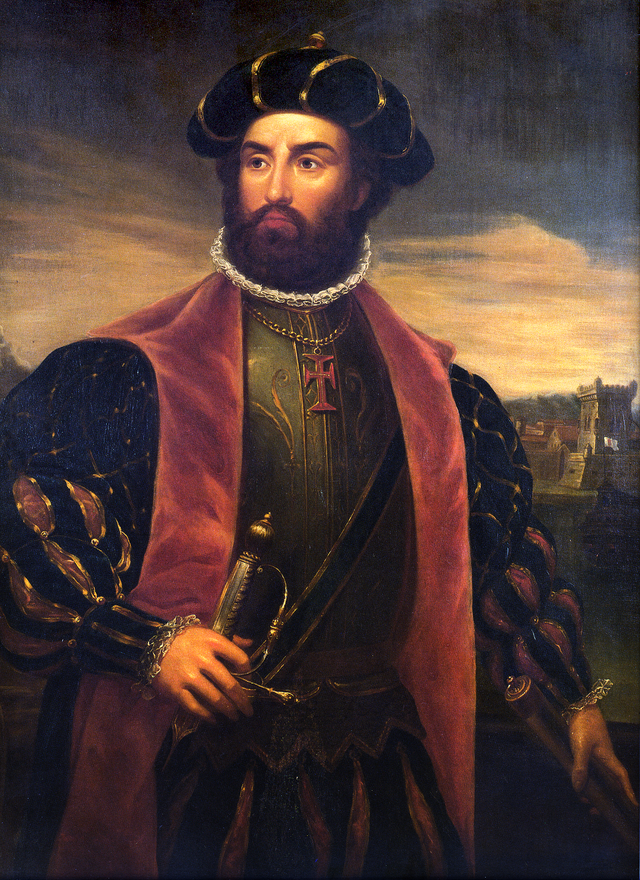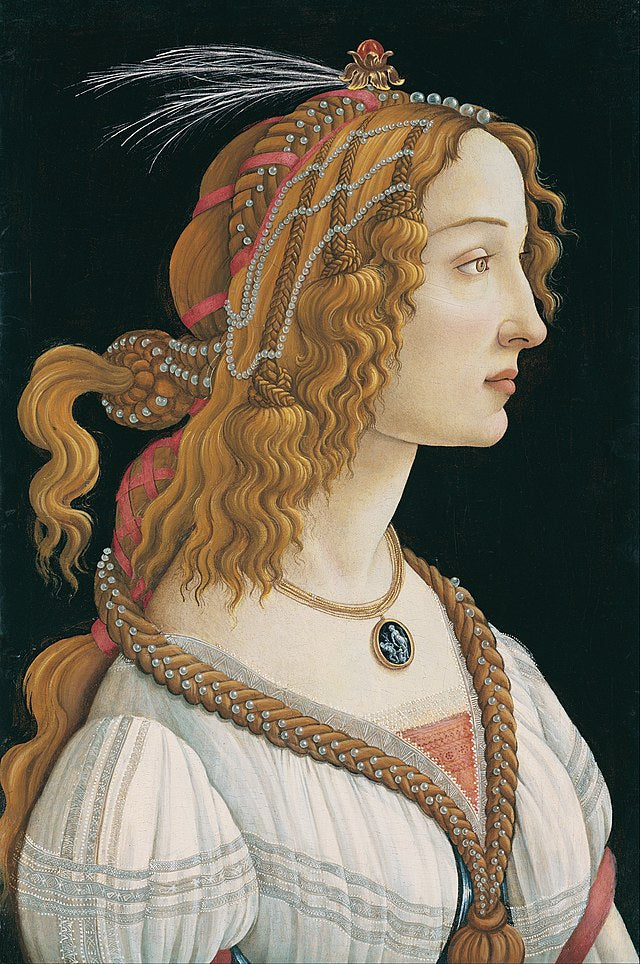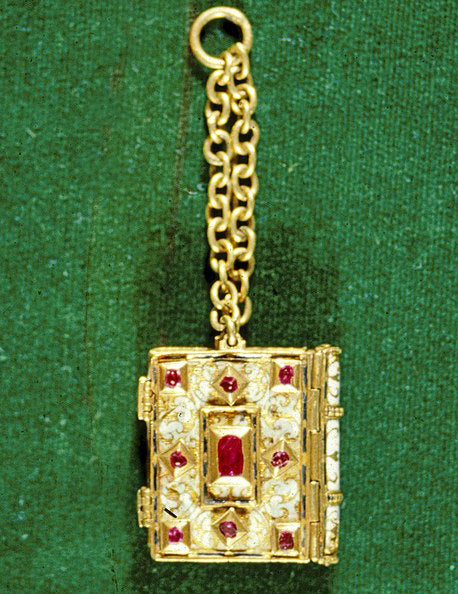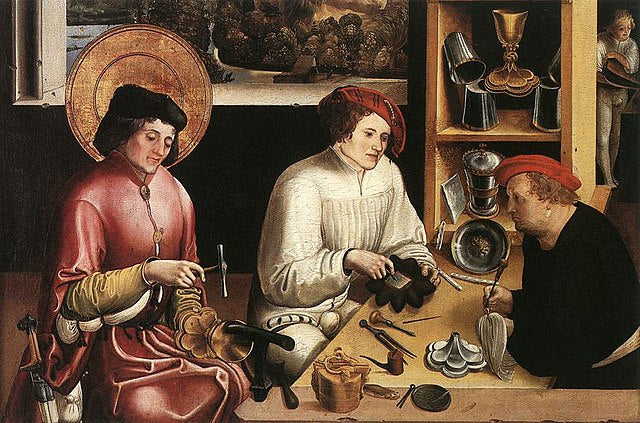
Illustration on top: Byzantine - Pope Gregorio IX by Raphael
The stability in Europe during the High Middle Ages, also provided opportunities for cultural and artistic development. Cities were expanding, and universities were being established, leading to an increase in trade and commerce. Architecture also underwent a transformation, with the emergence of the Gothic style, which was characterized by its pointed arches, ribbed vaults, and flying buttresses. In Denmark alone, more than 2,000 stone churches were built between 1000 and 1250, an indication of the scale of architectural development during this period.
Even though Bishops and feudal lords still held significant political power and controlled landed property and taxes, the development of new technology, designs, and craftsmanship led to an increased European self-awareness and cultural identity. This also translated to the field of jewelry-making, where Christian symbols continued to dominate, but the increasing demand from the nobility led to the development of new religious and secular styles, and the use of new materials and tools.
The Byzantine Empire had a significant influence on the development of jewelry-making in Europe. The use of elastic chains and the niello technique, as well as the filigree technique, were all introduced to Northern Europe through the Byzantine Empire. The illustration shows a pendant from Gotland, dating back to the 1200s, which is an example of a secular and Northern European style. This style can also be seen in the Viking crystal jewelry, which has been previously discussed in earlier newsletters. Replicas of such jewelry can be purchased from Museum Jewelry.
Until the 13th century, gems such as rock crystal were polished in a smooth dome shape, known as cabochon, rather than being cut into facets, which resulted in bubble-like shapes and soft colors. However, stones were not chosen solely based on their color but also for their supposed healing and spiritual properties. Marbodus, Bishop of Rennes in the 11th century, wrote a treatise on stones, where he discussed the properties of different gems, such as sapphires, which were believed to not only protect against physical harm, fraud, fear, and envy but also promote peace and reconciliation.
The skill of goldsmiths during the early Middle Ages was also developed, and among their most impressive works were emblems with jewel-like enamel, often decorated with intricate filigree work depicting scenes from the New Testament and the lives of the saints. These works of art not only showcased the skill of the goldsmiths but also upheld the Christian message that was central to the culture of the middle ages.

